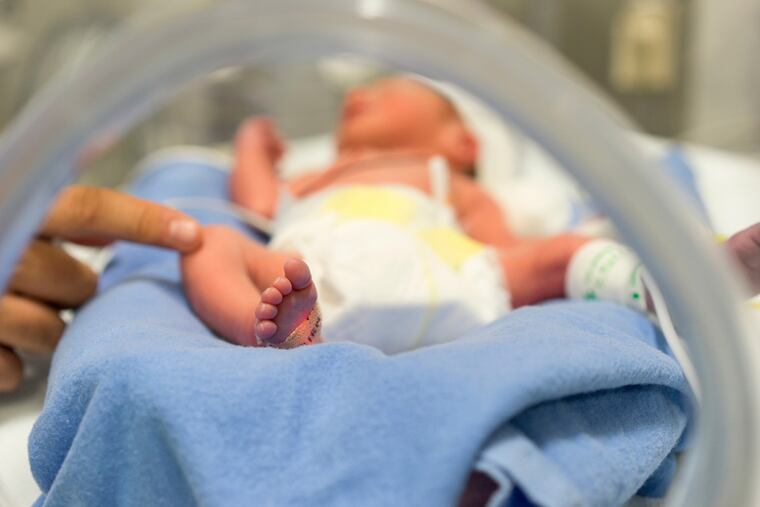Premature births in the U.S.: We have to do better | Opinion
For the fourth year in a row, according to the March of Dimes, rates of preterm births are worsening in 30 of the 50 states.

As the end of the year approaches we'll be hearing a lot of "Santa Baby," "Merry Christmas Baby," and, maybe, Elvis singing "Santa, Bring My Baby Back to Me." It is also the time of year when we start getting some reports about babies. Here is some of the latest news.
"Oh Baby, Where Have You Gone?" Not the song; the reality. There are fewer babies being born in the United States as our falling birth rate continues. A just-released report from the National Vital Statistics System of the Centers for Disease Control and Prevention notes that 2018 marked the fourth year in a row that the birth rate declined, by about 2% that year. But don't worry, you'll still be seeing babies, carriages, and rattles: there were 3,791,712 births in 2018 and this year will undoubtedly bring us millions more. You can read the full report here.
“You Can't Make the Grade." No, not the blues song; the reality. Unfortunately, the United States is close to failing when it comes to the health of mothers and babies. For the fourth year in a row, according to the March of Dimes, rates of preterm births are worsening in 30 of the 50 states. Prematurity, defined as a birth that takes place more than three weeks before an estimated due date, is the leading cause of infant deaths. The full report is here. The findings are alarming. Our preterm birth rate nationally is 10 percent, earning the United States a grade of "C." Closer to home, the states of Delaware, New Jersey, and Pennsylvania all earned grades of C+. However, all three showed disparities by race with prematurity rates for African American and Hispanic newborns higher than those of Whites and Asian/Pacific Islanders.
The March of Dimes report provides policy recommendations, including expanding successful programs such as group prenatal care, making sure women have access to health insurance, expanding Medicaid (already done in our region) and establishing Perinatal Quality Collaboratives (state or multi-state teams working to improve the quality of care for mothers and babies). The most challenging items on the to-do list and the most vital are reducing toxic stress and addressing implicit bias and structural racism in health care and community settings. Lives are at risk and solutions to these tough but not intractable problems must be found.
Prematurity is, of course, a worldwide problem. Nevertheless, other high-income countries are doing far better than the United States. Information about the global problem of prematurity and ways to overcome the problem can be found at the Healthy Newborn Network's site. We can, and should, be improving our grades locally, nationally, and worldwide. Let's make that part of our New Year's resolutions.
“Baby Love.” If you are buying for babies this season for whatever holiday, you can find some useful tips about safe toys from the American Academy of Pediatrics or the Consumer Products Safety Commission website, which has information about recalls and items for infants. Have a safe, healthy, and happy end to 2019.
Janet Golden is professor emerita at Rutgers-Camden and a historian of U.S. medicine.